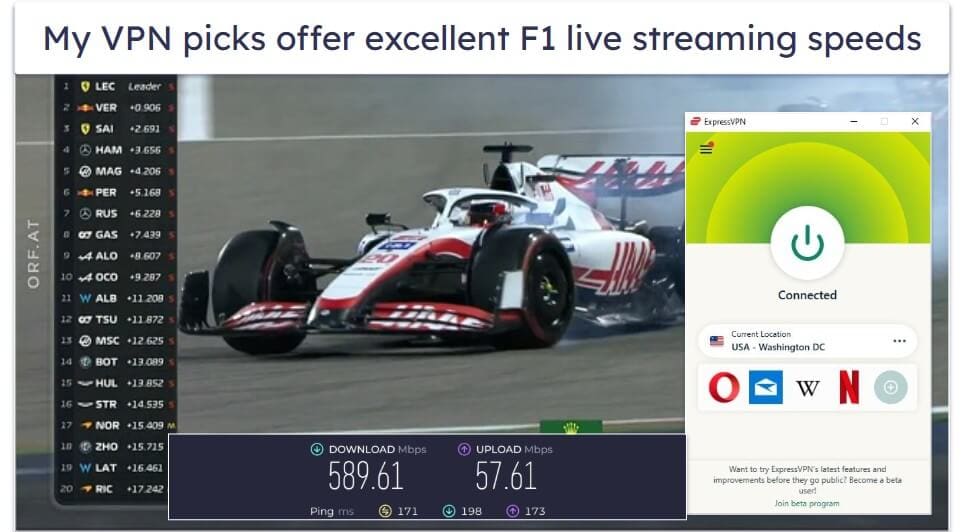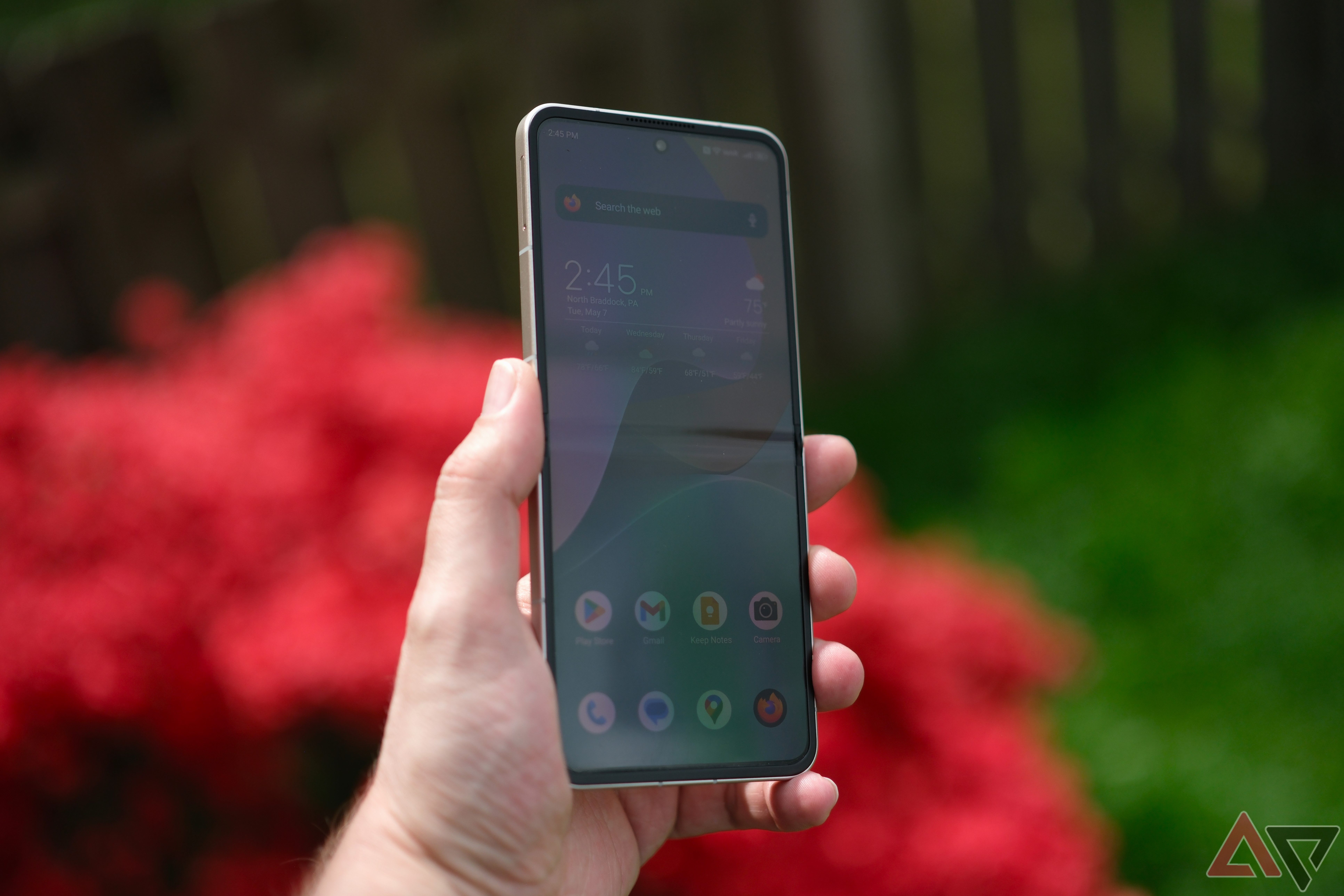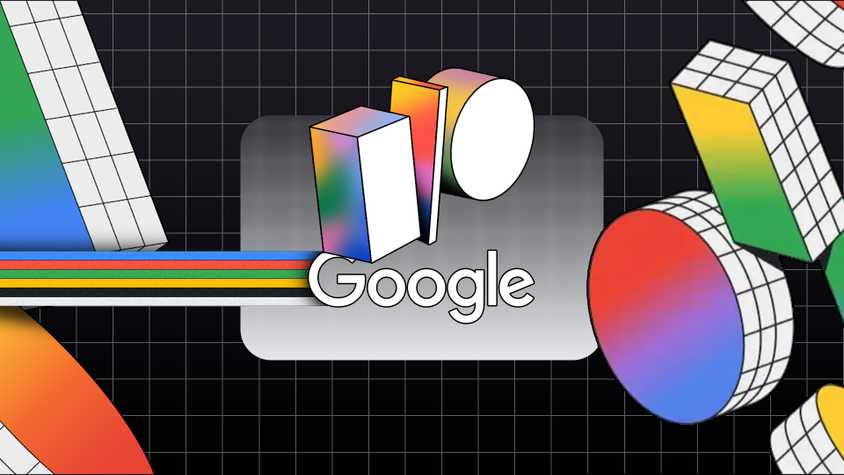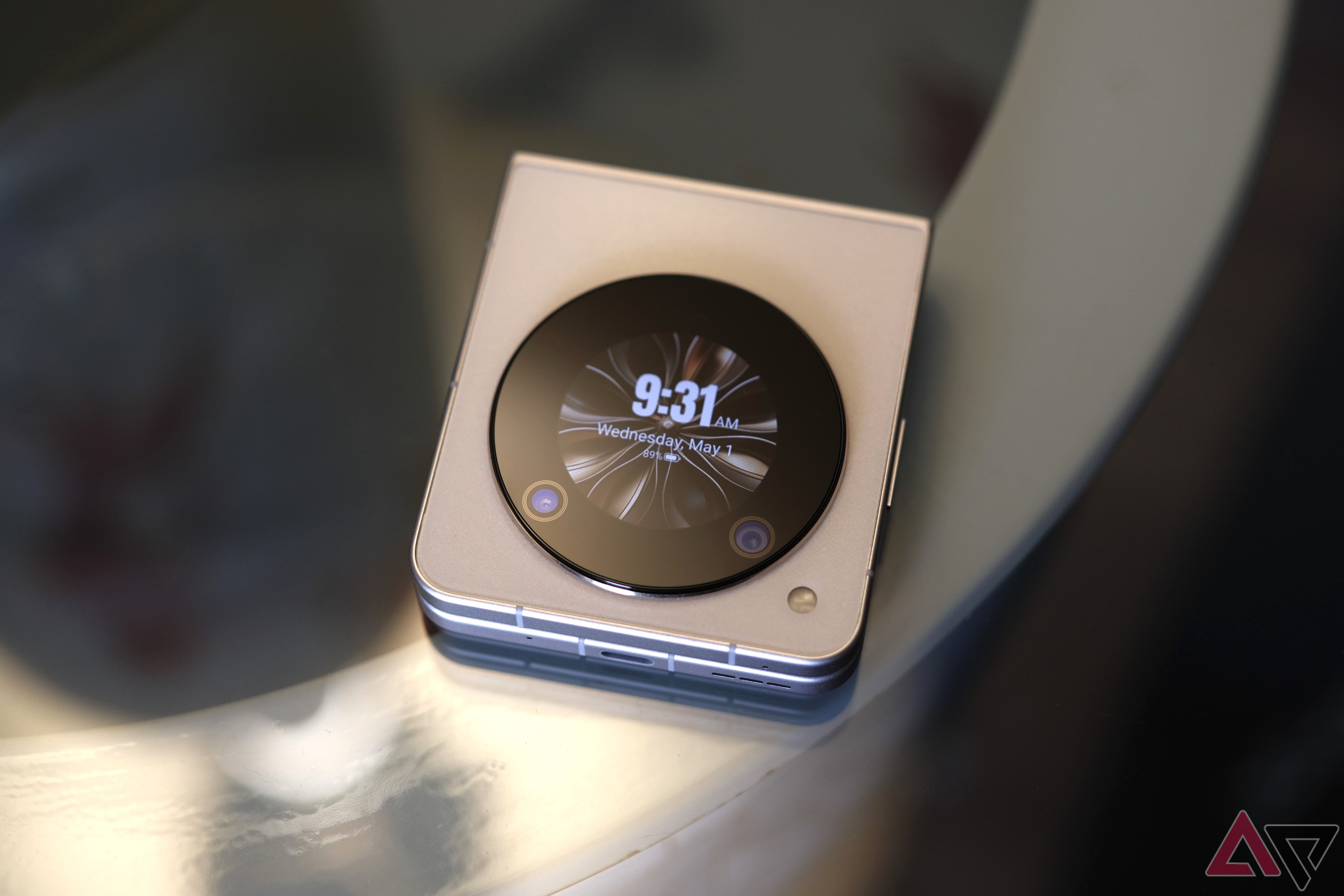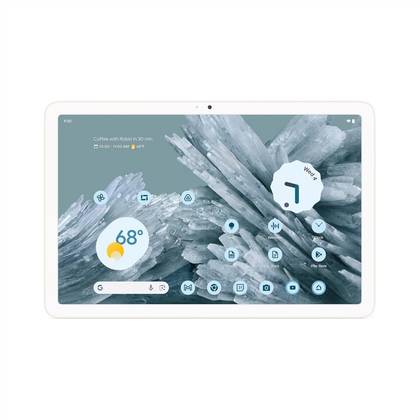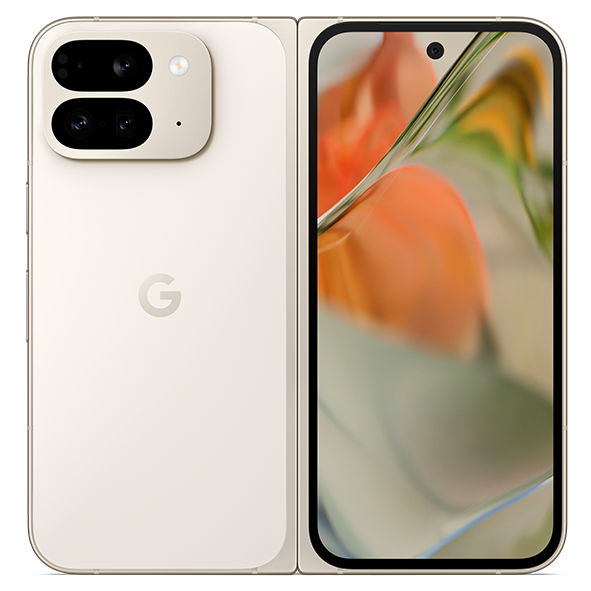When Samsung announced the Galaxy Z Flip in 2020, I was immediately drawn to it. The idea of a full-sized phone folding into a compact shape sounded futuristic, convenient, and practical. However, it had its fair share of problems.
When Samsung launched the Galaxy Z Flip 5 in 2023, it felt more like a finished product, especially with the larger, more useful cover screen. It had the “wow” factor at first, but its drawbacks bothered me.
Now, I mostly use it for phone calls and checking messages from the cover screen. Even though I did my research before buying the Z Flip 5, I wish I’d known these things before spending money on a clamshell foldable.
5
The crease isn’t just a visual flaw
You’ll feel it every time you scroll through apps
I was aware of the crease being a problem before I bought the Galaxy Z Flip 5. Over time, I realized that the crease is unavoidable with this form factor, no matter how advanced the hinge mechanism is. Foldables have been around for several years, but we’re yet to see a creaseless clamshell phone.
While it doesn’t look aesthetically pleasing, what bothers me more is that I feel it when I swipe vertically or scroll through apps. The crease area tends to accumulate more dust and oil, and it feels softer or less rigid than the rest of the display.
I thought I’d get used to this strange feeling after a few weeks or months, since I had only used slab phones up to then. However, that was far from the case. I still find it off-putting, which is one of the main reasons why I don’t use my Z Flip 5 for gaming, media consumption, or checking social media.
When I use my phone now, I avoid the center of the screen as much as possible. I’m not saying the crease makes the phone unusable, but it ruins the premium feel you’d expect from a smartphone that costs nearly $1,000.
4
The screen protector eventually peels off
The inner screen looks ugly when this happens
Modern folding phones come with a pre-applied plastic screen protector from the factory to protect the delicate folding screen. Manufacturers don’t recommend removing it yourself. If you do, you may damage the display and void your warranty.
I was aware of this when I did my research, but the problem with this screen protector is that it doesn’t hold up for very long. The one on my Z Flip 5 started lifting around the crease after roughly 10 months of daily use. I fold and unfold it fewer than 100 times a day.
It started subtly, with a slight ridge forming where the phone folds, but it spread outward like a ripple. The moment it starts peeling, you can’t unsee it, and it gets worse when dust is trapped underneath. The swipes no longer feel smooth, and the screen appears a bit blurry around the crease.
Samsung is aware of this issue, which is why it offers a one-time free screen protector replacement within the first year of purchase. Since my Z Flip 5’s warranty has expired, I have to pay $20 for a new film.
3
Mediocre battery life
Similar-sized slab phones generally last longer
Battery life is another trade-off I overlooked when I switched to the Galaxy Z Flip 5. It packs smaller batteries compared to traditional slab phones because it needs space for the hinge mechanism.
What makes it worse is that the outer cover screen doesn’t dynamically lower its refresh rate to 1Hz or 10Hz when it shows something static, like the clock. When I use my Z Flip 5 like I use my iPhone 16 Pro, it doesn’t last an entire day without needing a recharge.
While traveling, I’m tethered to a charger multiple times, undermining the portability benefit that attracted me to a clamshell foldable. If you’re a heavy user, get a power bank with a clamshell foldable, in case it dies in the middle of your workday.
I don’t like to carry power banks, so I keep my iPhone in my pocket for battery-intensive tasks like web browsing, watching Instagram Reels, or gaming.
2
You can’t really flip it open with one hand
This isn’t your nostalgic flip phone; it takes two hands every time
If you’re considering a clamshell foldable for the nostalgia factor, this may surprise you. The hinge mechanism isn’t loose enough for you to flip it open with one hand.
I spent a few weeks trying to master it, but the only method that worked felt awkward. I had to wedge my thumb between the top and bottom halves of the phone, push it hard, and make all sorts of hand movements to unfold it. You can’t casually flip it open like the original Motorola Razr.
This method not only takes a few seconds but risks damaging the pre-applied screen protector on the phone. I don’t recommend trying it. Nowadays, I press the top half against my lips and push it open, which is easier. This two-handed requirement turns the extra step of unfolding into a minor inconvenience.
The form factor may be a throwback to the past, but the real-world experience isn’t as seamless or stylish. I’m sure some of you have had better luck opening your flip phone one-handed, but that just hasn’t been the case for me.
1
It’s not ideal for media consumption
The aspect ratio and crease break immersion
When I decided to get the Galaxy Z Flip 5, I assumed its wider 22:9 aspect ratio would be great for watching movies, especially since it’s close to the cinematic 21:9 widescreen format.
However, most of the content on Netflix and other streaming platforms is formatted in 16:9. This meant dealing with thicker black bars on the sides, which ruined the immersion. If I wanted to fill the screen, I had to crop into the content even more than I would on a traditional slab phone with a 19.5:9 aspect ratio.
Then there’s the crease. It doesn’t bother me when I’m sitting in the dark and watching videos. However, during the day, or when there’s a light source behind me, the crease becomes a constant visual distraction (especially in dark scenes) because it catches reflections.
The crease also slightly warps the picture depending on the angle from which you’re viewing it, breaking immersion in a way no other slab phone does.
I found myself frequently adjusting how I held the phone, and it got so frustrating that I used my iPhone for media consumption.
Using a clamshell foldable means making compromises
After using a clamshell folding phone for nearly two years, I can confidently say it’s far from perfect. Manufacturers like Samsung and Motorola have improved their designs and made newer models more durable in recent years.
Still, these quirks persist in 2025. Future generations may address some of these issues, but for now, the charm of clamshell foldables comes with clear trade-offs.
If you plan to switch to this form factor, go in with realistic expectations. Knowing the reality upfront will help you decide whether the excitement of owning a flashy foldable outweighs the practical downsides you’ll face every day.
The Pixel 9 Pro Fold features all the bells and whistles of its predecessor, alongside a more durable hinge that lets it sit flat, seven years of OS updates for the foldable (up from three), and all the AI smarts you could ask for.
- Display dimensions
-
8.0” (main); 6.3” (cover)
- Display resolution
-
2152 x 2076 (main); 2424 x 1080 (cover)
- RAM
-
16GB
- Storage
-
256GB or 512GB
- Battery
-
4,650mAh
- Charge speed
-
21W wired, 7.5W wireless
- Charge options
-
USB-C wired, Qi wireless
- Ports
-
USB-C
- SIM support
-
Nano-SIM and eSIM
- Operating System
-
Android 14
- Front camera
-
10MP, f/2.2
- Rear camera
-
48MP, f/1.7 main; 10.5MP, f/2.2 ultra-wide; 10.8MP, f/3.1 5x telephoto
- Wi-Fi connectivity
-
Wi-Fi 7
- Connectivity
-
NFC, Google Cast, ultra-wideband (UWB), dual band GPS
- Bluetooth
-
Bluetooth 5.3
- Weight
-
257g
- IP Rating
-
IPX8
- Colors
-
Obsidian, Porcelain
- Price
-
$1,799


